MRI Use: Conditional to 7T
Condition: ECG100C-MRI Amplifier stays in the Control Room and is used with the MECMRI-BIOP filtered cable set and recommended MR leads/electrodes/transducers; tested to 7T.
Usage Notes for MRI Smart Amplifiers
IMPORTANT! See Safety Guidelines for recording biopotential measurements in the MRI environment.
IMPORTANT! BIOPAC recommends using the shortest possible electrode leads for recording in the fMRI or MRI.
12-lead ECG Options
- For full, simultaneous, 12-lead ECG recording, use a total of eight ECG100C-MRI amplifiers and a WT100C Wilson terminal (virtual reference). Use two ECG100C-MRI to record Leads I and II, from which the software will calculate Lead III, aVR, aVL and aVF, and use six ECG100C-MRI to simultaneously generate the six precordial chest leads (V1-V6).
MRI/CT Scan Trigger Option
- To trigger an MRI System or CT Scanner with the occurrence of the R-wave present in animal (high frequency) ECG or respiratory data for gating purposes, use the DTU100 Digital Trigger Unit or the DTU200 Gating System.
MRI Smart Amplifier Features
In every aspect, data recording is easier and final results are cleaner when MRI Smart Amplifiers are used to record physiological data in the fMRI or MRI.
- Less sensitivity to electrode and transducer lead placement
- Improved gain selectability
- No missing spectra in physiological signal frequency band
- Minimizes computer-based real-time or post-processing signal processing
- Cleaner data available as real-time analog output
MRI Smart Amplifiers incorporate advanced signal processing circuitry which removes spurious MRI artifact from the source physiological data. Signal processors are able to distinguish between physiological signal and MRI artifact as manifested by gradient switching during MRI sequences, such as Shim or EPI. Because MRI-related transient artifact is removed at the source, the MRI version amplifier can be sampled at the same rate as during normal (non-MRI) physiological recording.
Recommended Reading
Thoralf Niendorf, Lukas Winter and Tobias Frauenrath (2012). Electrocardiogram in an MRI Environment: Clinical Needs, Practical Considerations, Safety Implications, Technical Solutions and Future Directions, Advances in Electrocardiograms – Methods and Analysis, PhD. Richard Millis (Ed.), ISBN: 978-953-307-923-3, InTech, DOI: 10.5772/24340.
Thakor NV, Webster JG, Tompkins WJ: Estimation of QRS Complex Power Spectra for Design of a QRS Filter. IEEE Transactions on Biomedical Engineering 1984, 31(11):702-706. Abstract.
- This is an algorithmic method to extract the R-Wave timing from a possibly corrupted ECG, or one where the R-wave is suppressed. BIOPAC R-wave detectors in the ECG100C and ECG100C-MRI both employ this strategy for detecting R-waves, as an option.
Featured Citation: ECG and ICG during BOLD fMRI
A study performed BOLD fMRI while simultaneously recording the Electrocardiogram (ECG) and Impedance Cardiogram (ICG) with BIOPAC MRI Smart Amplifiers and accessories. The resolution of the ECG and ICG waveforms was sufficient for measuring stroke volume, cardiac output, pre-ejection period, and left ventricular ejection time during imaging. Results indicate that ICG can be recorded during EPI and, with specific signal processing, can be interpreted similarly as to when recorded outside the MRI. Read more about the technique and results at Psychophysiology:
Cieslak, M., Ryan, W. S., Macy, A., Kelsey, R. M., Cornick, J. E., Verket, M., Blascovich, J. and Grafton, S. (2014), Simultaneous acquisition of functional magnetic resonance images and impedance cardiography. Psychophysiology. doi: 10.1111/psyp.12385
Product Family
Product Options
Platform Options
MODULAR CONSTRUCTION
Amplifiers snap together for easy system configuration and re-configuration.
Intuitive, Elegant AcqKnowledge Software
Powerful automated analysis. Instantly & easily view, measure, analyze, transform, and report data.
Powerful MP160 Data Acquisition and Analysis System
Flexible, proven modular data acquisition and analysis system for life science research.
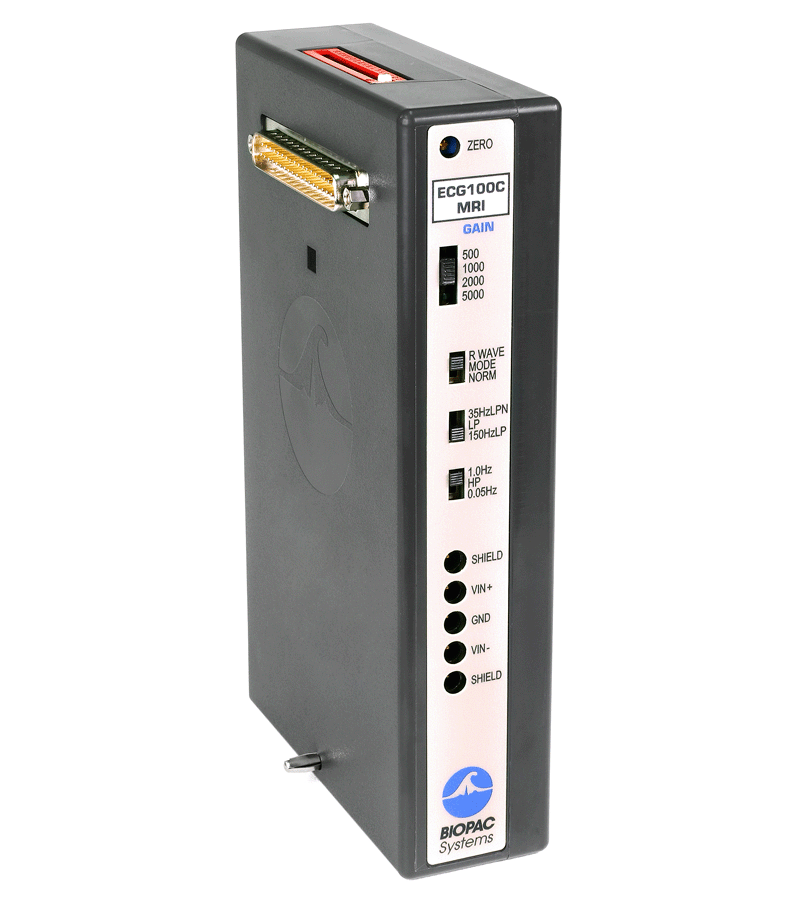


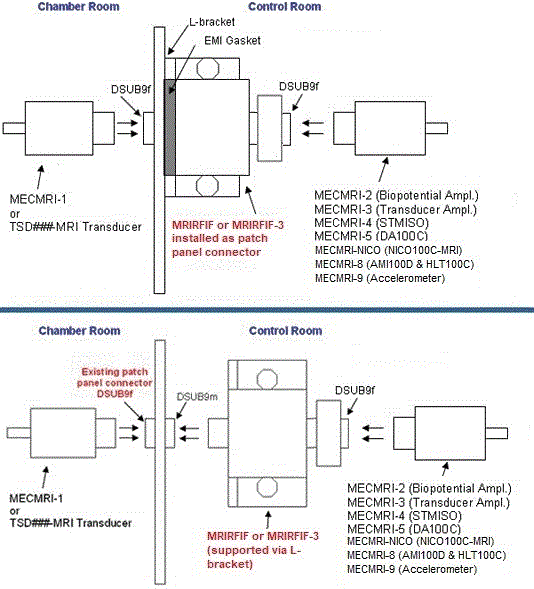


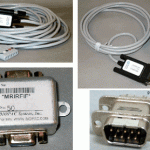
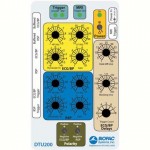
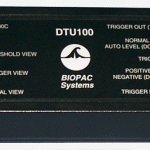
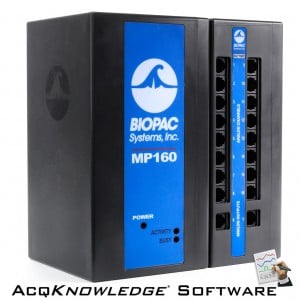
Stay Connected